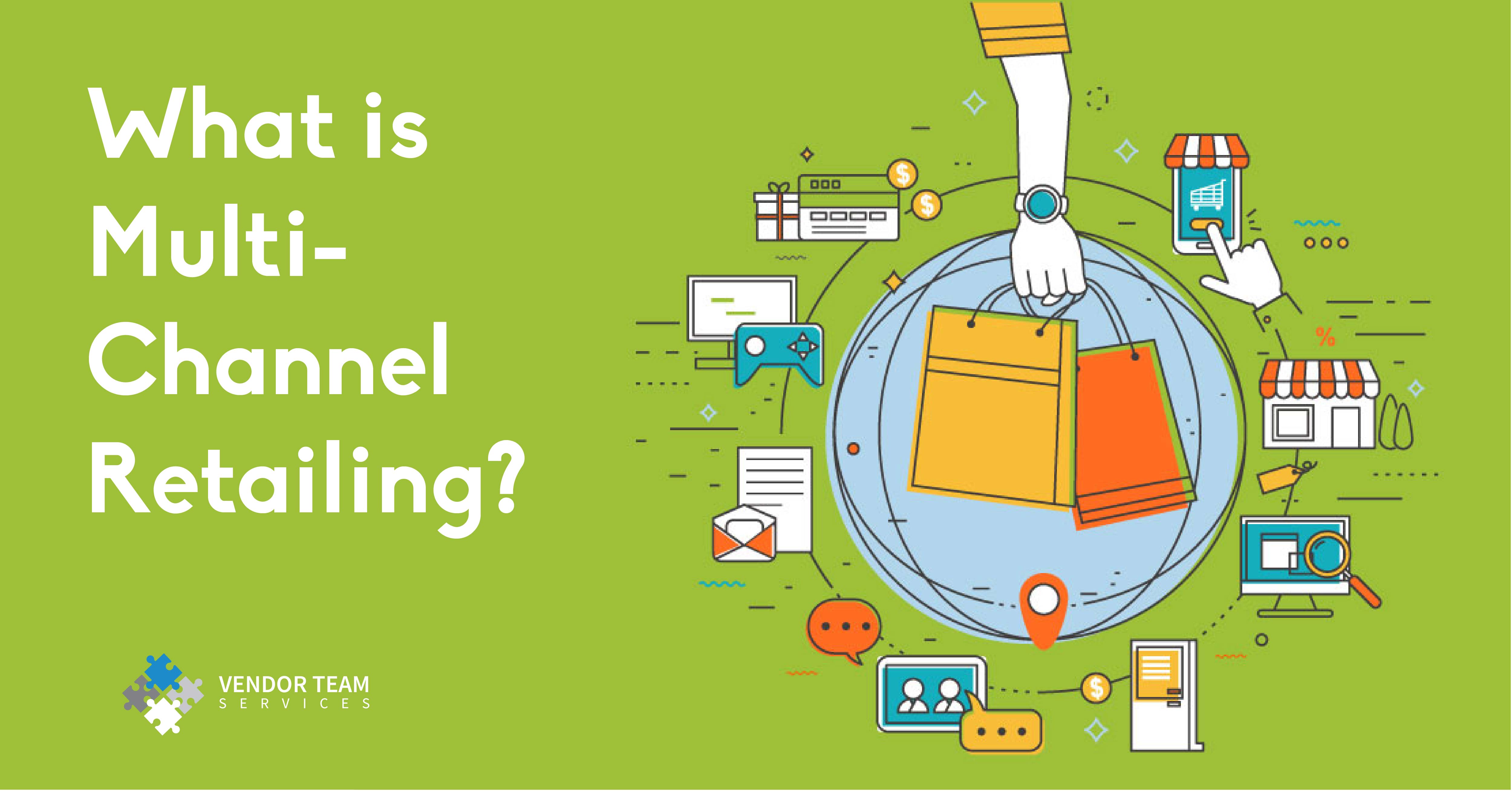Multi-channel retailing is a proven retail strategy even small companies implement to increase their conversion rate. It is the retailing of products through multiple channels such as physical retail stores, E-commerce platforms, and online market places like social media, etc. The more channel you take your products to, the easier your buyers have access to your products, the more profit you make. A good multi-channel retailing strategy for any retailer should at least have one physical store and one online presence.
Multi-channel selling provides the customer with various choices for buying products that include purchasing from a store or through a website, interactive television programs, mail and telephone orders, and, more importantly, comparison shopping websites, thereby offering customers convenience and choice.
How it Works
The multi-channel retailing blends different possibilities of selling and taking your products to your target audience. Customers have the option to buy products from an outlet, or they can make online websites their marketplace to buy favourite products.
Multi-channelling involves both retailing and marketing strategies combined to produce a significant enhancement in taking the products to the market.
Types of Multi-Channel Retailing
As said before, to be a successful retailer, a company should attract customers through every possible way with its marketing efforts targeted towards customers’ buying pints and preferences. Not just attracting attention would do the trick. The products should be available for the customers to buy whenever they think of buying it. In such a situation, the multi-channel retail presence is vital. The most important channel of retail is:
The Physical Store
This is by far the most satisfactory way for the customer to buy a product. In this way of retailing, companies sell their products through a physical outlet. This is also where your customer service should be at its best. The customers can interact with the product physically, feeling and seeing the significance of the product. The risk of purchasing the wrong product is completely eliminated, and the customers have confidence and satisfaction in the product quality. Not just that, physical retail channels give great opportunities for cross-selling.
Personal Channel
In this retailing channel, marketing contents and catalogues are prepared and delivered to potential customers through email, text messages, and other means of communication. The marketing strategy involved here is more personalized to the customer. These marketing materials include all details related to offers and USPs of the products and directs the customer to other retail-channels for the purchase. As you communicate your brand information with visuals and strong content, it will ease your customers’ decision-making process.
Ecommerce
In this fast-forward world, everything to be available on the internet for customers to buy. Customers look for information online before they proceed to retail stores. As a matter of fact, an online presence is significant, and companies should be very competitive in this aspect. Or you lose valuable business. Ecommerce platforms like Amazon and eBay are those online marketplaces where products are listed for a huge online audience to compare and enhance their purchasing decision. The customer’s buying decision depends on how well the information about the product is displayed. Retail content management will help you tick the checkbox there.
To know more about retail content management, read the blog here.
The Social Channel
Developing business around the social media marketplace is the best option for small retail companies to explore the multi-channel retailing world. Utilizing the less expensive advertising channels provided by Twitter, Facebook Instagram can significantly improve your sales numbers. This channel of retailing has made shopping easier for customers without having to leave the social media website.

